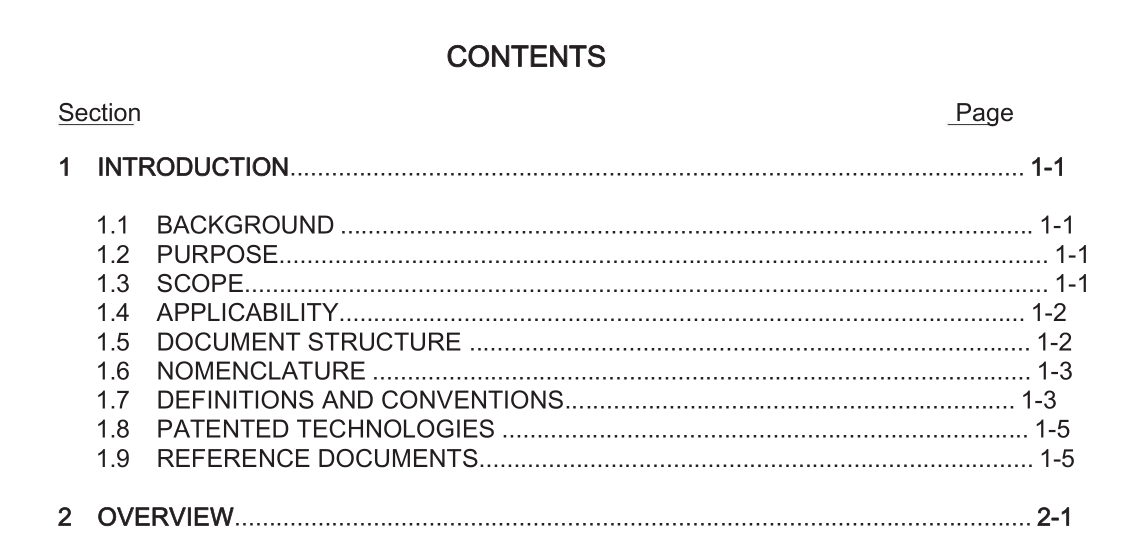BS ISO 20207:2015 pdf download.Space data and information transfer systems — CCSDS Space Link Protocols over ETSI DVB-S2 Standard
1.3 SCOPE
The DVB-S2 standard (reference [1]) proposes advanced modulation techniques (QPSK, 8PSK, 16APSK, and 32APSK) and a wide range of coding rates (from 1/4 to 9/10) with near-Shannon coding schemes (LDPC codes). This high number of modulation and coding schemes allows a wide range of possibilities to satisfy specific mission constraints. Moreover, to maximize the telemetry system throughput, it appears possible to adapt the transmitted waveform (and the useful data rate) to the variable conditions of the link. The DVB-S2 standard can actually implement Variable Coding and Modulation (VCM) mode, which adapts the transmission scheme to the channel conditions following a predetermined schedule (for example, following a dynamic link budget). When a channel is available to provide feedback (e.g., via a telecommand link), the transmission scheme can be dynamically adjusted using the Adaptive Coding and Modulation (ACM) mode. The use of the DVB-S2 standard for telemetry makes possible the use of generic Very High Scale Integrated Circuits (VHSIC) Hardware Description Language (VHDL) Intellectual Property (IP) modules for developments. The use of a widely implemented standard simplifies finding transmitting or receiving equipment to check compatibility. Finally, for the ground part, some telecom DVB-S2 receivers or Application Specific Integrated Circuits (ASICs) developed for the telecom market could be reused. This Recommended Standard is an adaptation profile describing how to use the DVB-S2 standard to transmit CCSDS Transfer Frames for telemetry purpose. The interface between CCSDS and DVB-S2 is based on the Attached Synchronization Marker (ASM) and Channel Access Data Unit (CADU) already introduced in reference [2].
DVB-S2 is used in this adaptation profile as a complete and self-sufficient standard, and definitions and specifications taken from DVB-S2 are applicable only in the context of this Recommended Standard. However, individual DVB-S2 functions or components (e.g., VCM/ACM, 8-PSK, and higher-order modulations) might be reused, redefined, and/or respecified by CCSDS in future Recommended Standards.
1.4 APPLICABILITY
This Recommended Standard applies to the creation of Agency standards and to data communications over space links between CCSDS Agencies in cross-support situations for near Earth Exploration Satellite Services (EESS) payload telemetry. This Recommended Standard includes comprehensive specification of the data formats and procedures for inter- Agency cross support. It is neither a specification of, nor a design for, real systems that may be implemented for existing or future missions. The Recommended Standard specified in this document is to be invoked through the normal standards programs of each CCSDS Agency and is applicable to those missions for which cross support based on capabilities described in this Recommended Standard is anticipated. Where mandatory capabilities are clearly indicated in sections of this Recommended Standard, it is mandatory to implement them when this document is used as a basis for cross support. Where options are allowed or implied, implementation of these options is subject to specific bilateral cross-support agreements between the Agencies involved.
BS ISO 20207:2015 pdf download
